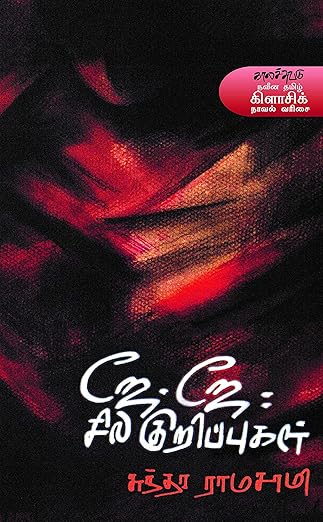| Desc: The story of King Udayana and Princess Vasavadatta was very well known in ancient India. This popular story was re-echoed in Pali and Prakrit literature. In Dhamma-pada-atthakatha (5th century AD), on which the first story in this special issue is based, we get an elaborate account of the story of Vasavadatta and Udayana. King Kusha and The Acrobat are stories included in the Pali canon. Jataka tales are based on the folklore, legends and ballads of ancient India. We cannot assign a definite date to them. Taking into account archaeological and literary evidence, it appears that they were compiled in the period third century BC to fifth century AD. They give us invaluable information about ancient Indian civilization, culture and philosophy. The Jataka stories have been very popular in the Buddhist world. These stories have not only been translated into almost all the languages closely related to Buddhism Chinese, Tibetan, Sinhalese, Burmese, Japanese But also into many modern European languages. These stories have also been depicted in the paintings and sculptures of ancient India and other Buddhist countries. Sanchi, Bharhut, Amaravati and Ajanta in India, Borobudur in Java, Pegan in Burma and Sukhodaya in Thailand bear testimony to the Popularity of these tales. |
 J.J: SILA KURIPUGAL - ஜே.ஜே:சில குறிப்புகள்
J.J: SILA KURIPUGAL - ஜே.ஜே:சில குறிப்புகள் J.J: SILA KURIPUGAL - ஜே.ஜே:சில குறிப்புகள்
J.J: SILA KURIPUGAL - ஜே.ஜே:சில குறிப்புகள்